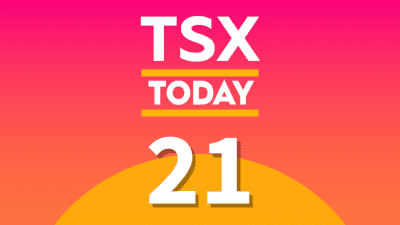Financial ratios can help investors new and old find stocks that provide good value.
Deciding on which stock to buy can be a daunting task. There is a wealth of information available on many different financial sites, and it can be hard to determine which stock is overpriced and which one is a good buy.
One of the most popular ratios, price to earnings (P/E), is often used by investors to gauge how expensive a stock is. However, on its own, the P/E ratio won’t tell you much. It’s often used to compare stocks against one another, or against a benchmark.
Value investors often have benchmarks to ensure their stocks are under a certain P/E amount to try and find undervalued stocks.
A detailed look at the P/E ratio
The most important thing is knowing how to calculate the P/E ratio. It’s a simple calculation that involves dividing the current share price by the company’s earnings per share (EPS). It’s best to look at earnings for the trailing 12 months to ensure that the ratio has the most up-to-date data.
Right off the bat, you’ll notice a big discrepancy with a tech company like Netflix, Inc. (NASDAQ:NFLX), trading around 200 times its earnings, and a company like Toronto-Dominion Bank (TSX:TD)(NYSE:TD), which has a P/E ratio of just 13.
The big reason for that discrepancy is that investors of Netflix are paying a premium, because the company provides excellent growth opportunities, and its sales are expected to continue rising at a much faster rate than TD’s.
Value investors might tell you to look for stocks that trade below 20 times their earnings, as this is often seen as a good benchmark to find value stocks. However, sometimes stocks can trade at low multiples because of the risk involved.
Take, for example, Teck Resources Ltd. (TSX:TECK.B)(NYSE:TECK), which had a terrific quarter recently; it still trades at less than eight times its earnings. The problem is that the mining company’s performance is highly dependent on commodity prices, and a fluctuation there will heavily impact the company’s financials.
P/E ratios won’t tell you everything you need to know, but they can be useful to compare one company against another. If there’s a discrepancy, and it’s not clear why (e.g., superior growth or better long-term prospects), that could suggest one stocks is overvalued relative to the other.
Limitations
The clear limitation of the P/E ratio is that you can’t use it for stocks that aren’t yet profitable. It won’t help you in assessing the value of most cannabis stocks or even Tesla Inc.
High P/E ratios don’t mean that a stock is overvalued
If you strictly invested in companies with P/Es below 20, you’d miss out on many excellent growth stocks, like Amazon.com, Inc. (NASDAQ:AMZN), which trades at ~300 times its earnings.
However, the P/E ratio is not useless in this case. In fact, if you divide the P/E ratio by the average EPS growth over the last few years, you arrive at the PEG ratio.
If the PEG ratio falls below one, that indicates the stock is a good buy in relation to its growth. The higher over one that the ratio is, the more overpriced the stock is.








